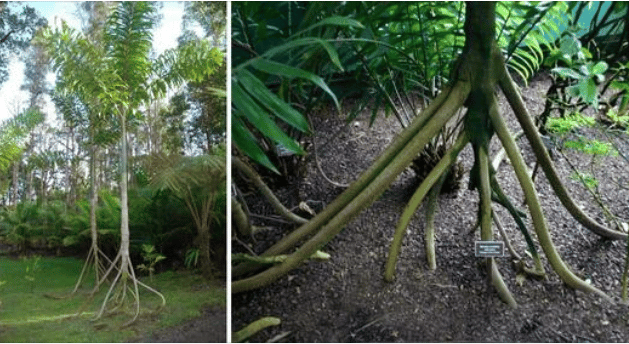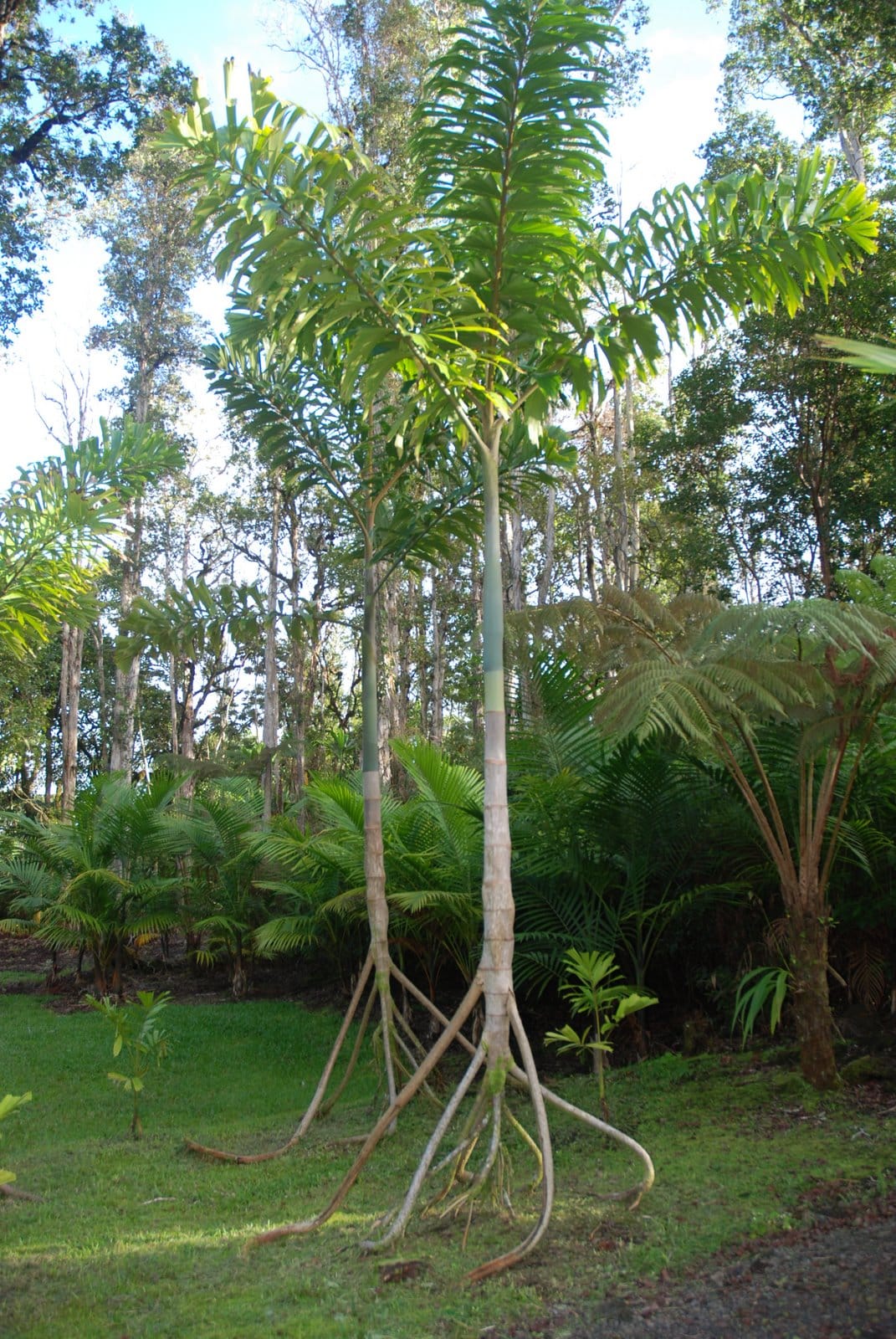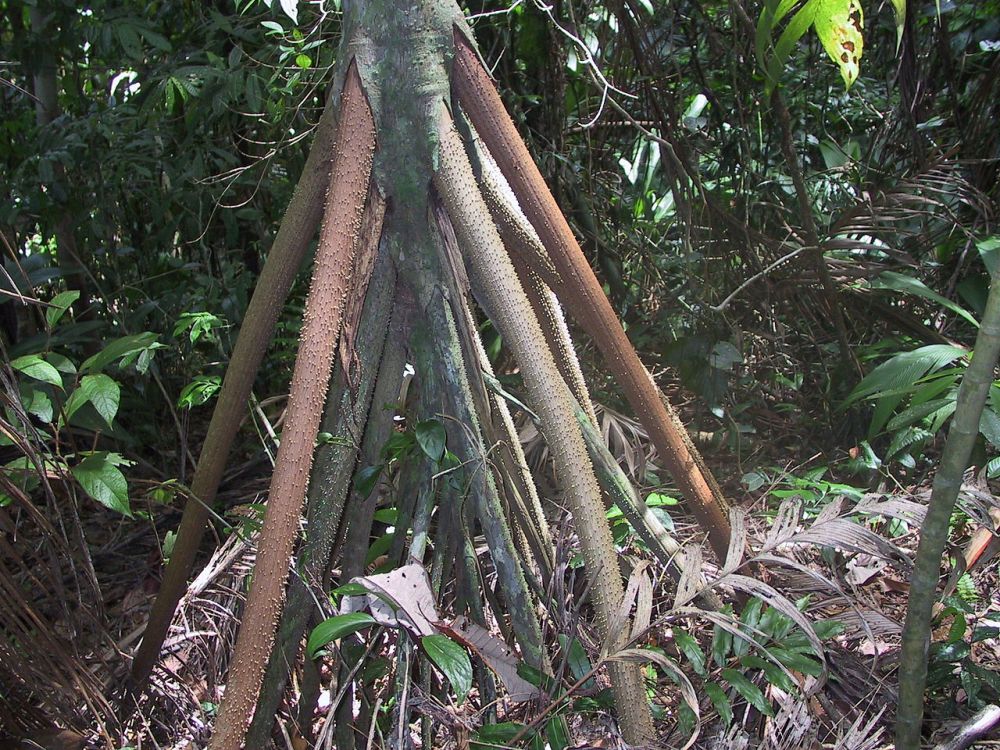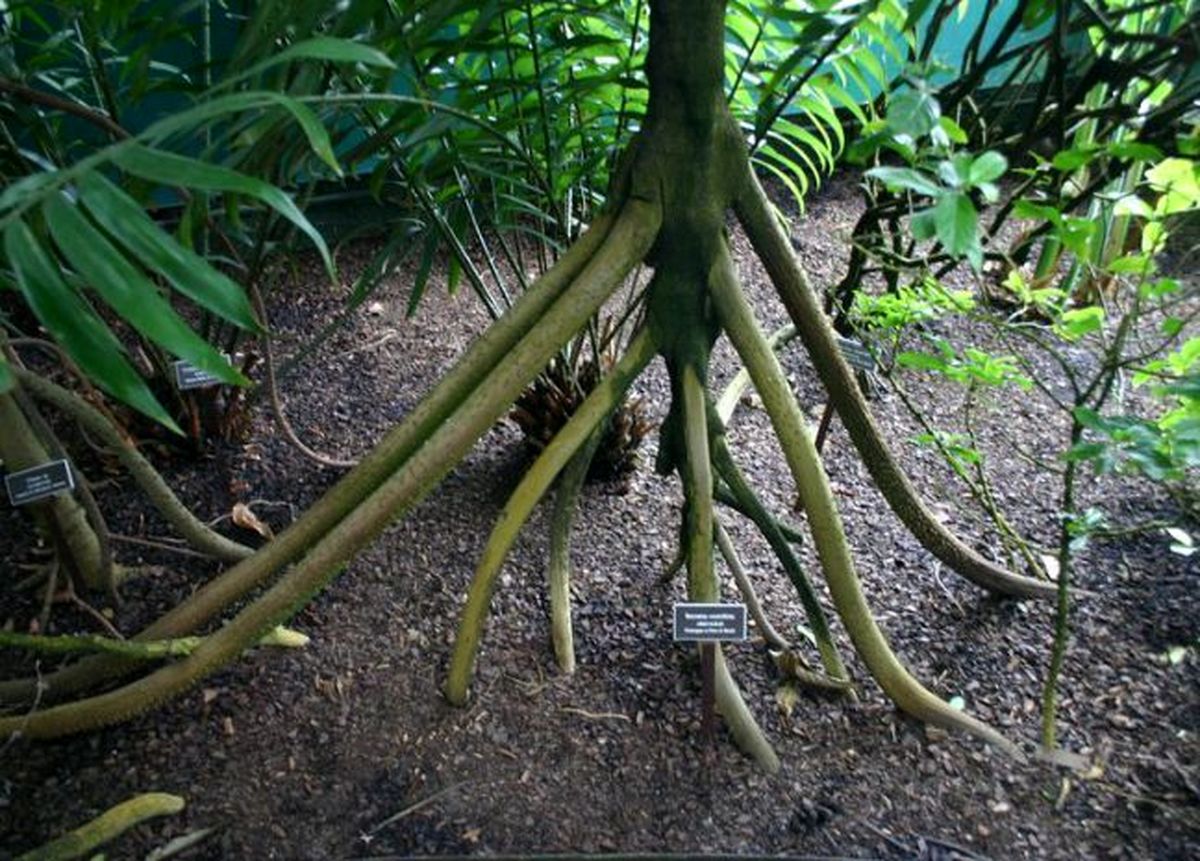It’s possible that only one kind of palm tree can move around, but they’re not the only ones.
People say that the Socratea Exorrhiza tree, which comes from a remote part of Ecuador, can walk like the Ents in The Lord of the Rings. Aside from their size, these real-life leafy giants are a lot like their fictional counterparts in a lot of ways. Even though they won’t be able to fight the armies of Isengard, that doesn’t mean that they aren’t similar in other ways. People think that the tree’s complex root system acts like its legs and helps it keep moving toward the sun as the seasons change.
It looks like these walking trees can move up to 2–3 centimeters per day, which is about 20 meters per year. Even though it might not seem like much, that’s the same as running a marathon for trees.
Tour guides in Ecuador’s rain forests have been telling their clients amazing stories about walking trees for a very long time. The most common story is that the tree slowly “walks” toward the sun by growing new roots in the direction of the light while letting its old roots die. This is what most people think the story means.
John H. Bodley suggested in 1980 that the palm’s ability to “walk” away from where it was planted is because it has stilted roots that let it grow in a horizontal way. Whether or not that is true, the tree’s strange roots, which branch off from the trunk a few feet above the ground, definitely give the impression that the tree has legs.
As the soil erodes, the tree grows new, long roots that find new and more solid ground, sometimes up to 20m,
Peter Vrsansky, a paleobiologist from the Slovak Academy of Sciences who worked for a few months in the Unesco Sumaco Biosphere Reserve, which is about a day’s drive from Quito, the capital city of Ecuador, explains.
Then, slowly, as the roots settle in the new soil and the tree bends patiently towards the new roots, the old roots slowly lift into the air. The whole process for the tree to relocate to a new place with better sunlight and more solid ground can take a couple of years.
On the other hand, some scientists have very different points of view. Even though Socratea Exorrhiza trees sometimes grow new roots, according to a paper written in 2005 by biologist Gerardo Avalos, who runs the Center for Sustainable Development Studies in Atenas, Costa Rica, these trees don’t move from their original spot and stay firmly established. Even though they make new roots, this doesn’t mean that they use those roots to move around.
My paper proves that the belief of the walking palm is just a myth,
Avalos told Live Science.
Thinking that a palm tree could actually track canopy light changes by moving slowly over the forest floor … is a myth that tourist guides find amusing to tell visitors to the rainforest.
But if that’s true, why is everyone so confused? At the end of the day, it looks like everything can be traced back to that unique root system with stilts. The roots of Ecuador’s “walking” trees start near the bottom of their trunks, which is higher than the roots of most other trees. Because of this, the trees look more like upright, walking brooms than like trees. Some of these strange-looking roots die as the soil around them wears away, making room for new roots to grow.
Finally, because these trees differ from others, it’s likely that tour guides made up the story they’re telling. This way, they can give their audiences different kinds of information. This conclusion is further supported by the fact that if you do a quick search, you won’t find any time-lapse videos of one of these trees actually “walking.” This lack of evidence supports the idea that these trees can’t move around on their own.
Even though trees are the most mobile plants, there are other types of plants that can move from one place to another. For example, a type of cactus called the “Creeping Devil” can move along the ground by “creeping.”













